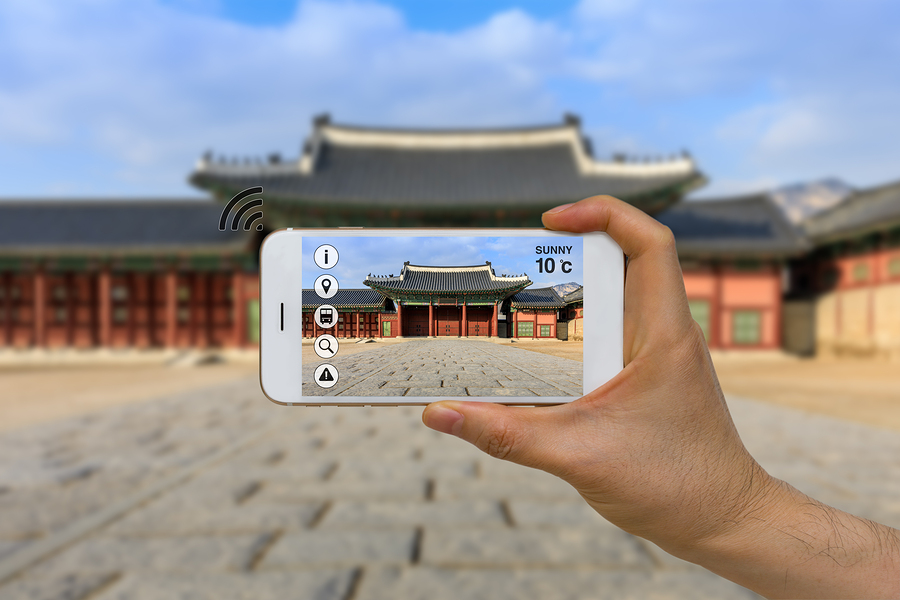Constrained by the intensification of international competition or forced by ever more connected tourists, the world of tourism must now integrate new technologies in the different spheres that contribute to the success of a voyage.
Portrait of global tourism
Regardless of the form of tourism (green, solidarity, industrial, participative, cultural, sporting, rural, entertainment, economic discovery, etc.), international tourist arrivals are expected to grow annually by 3.3% between 2010 and 2030, according to a prospective study titled “Tourism by 2030” from the World Tourism Organization (UNWTO) to reach 1.8 billion by 2030. While developed economies are expected to experience growth of 2.2% per year over this period, emerging countries will the primary beneficiaries of the massive arrival of international tourists (growth of 4.4% per year) over these 20 years. Added to these quantified projections are the technological constraints imposed by the more native digital tourists, for whom the smartphone is at the heart of the five phases of their voyage: the dream, search for information, reservation, experience and sharing.
From the dream to sharing, and it comes full circle
The web, by supplanting word of mouth, has become the leading source of inspiration for a future tourist. Once attracted to a destination through videos, blogs, comments from one another, the tourist will deepen his research through the sites of tourist service providers (e-tourism) and mobile applications (m-tourism) developed for a tourist clientele that is in quest of ever more authenticity and travel experience. A bit hesitant about the destination? Then put on a virtual reality helmet to discover a cruise ship, a palace chamber or the wonders of an excursion. Once you have made your choice, book with Alexa, your voice assistant who might even suggest proposals, based on your travel history. Back from a trip, you will become a real source of inspiration for your friends by publishing photos and videos on social media or on apps like Wipolo (Facebook).
Getting out of the country while staying connected
As for the vacations themselves, they can no longer be considered without being connected. You find yourself at the other end of the world, but where exactly? You take out your cell phone and you are geolocated. What good luck! From there, you can book a restaurant or discover the nearby tourist attractions to be visited. On the cultural side, technology works wonders. The QR Code – invented by a Japanese person in 1994 – lets you have 24/7 access to content during a heritage tour for example; augmented reality offers a virtual image which is superimposed over virtual elements (ideal for discovering the same panorama in the previous century); virtual reality plunges you into another universe so you can discover the marine world and its anecdotes while you take the tunnel linking France and England, for example. These various technological inputs are not only beneficial for the tourist, but also for the native who will be able to discover his city, its inhabitants, its daily life thanks to participative tourism.
Tourists, natives, travel professionals… we are all affected by the technological revolution. Although some people see it as a constraint, it can also be a great way to bring a touch of humanity by allowing our empathy, our solidarity and our diversity shine through… values that we should all embrace when we travel the world.
